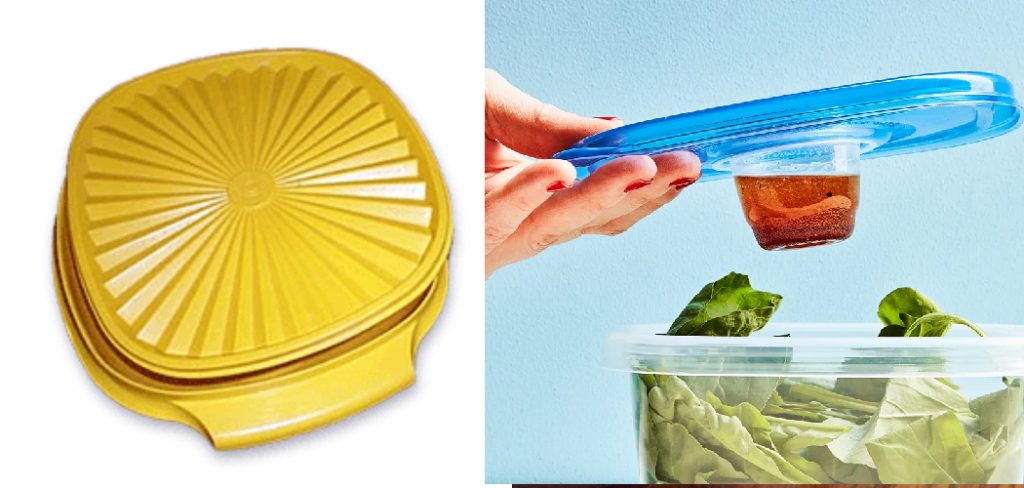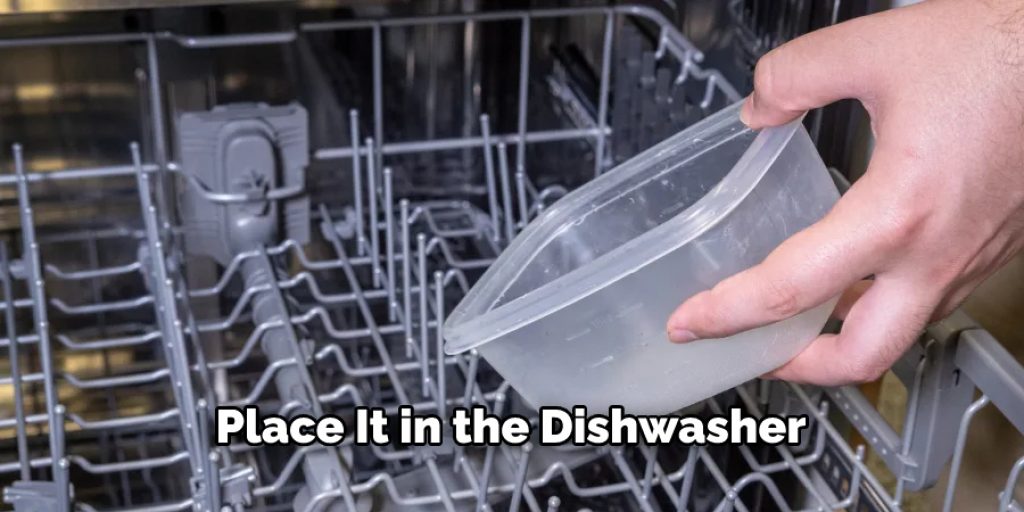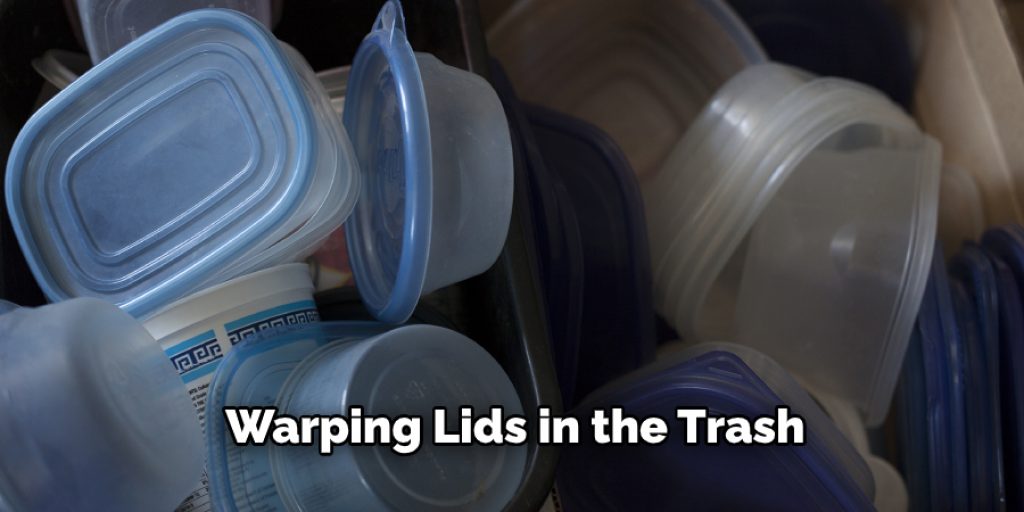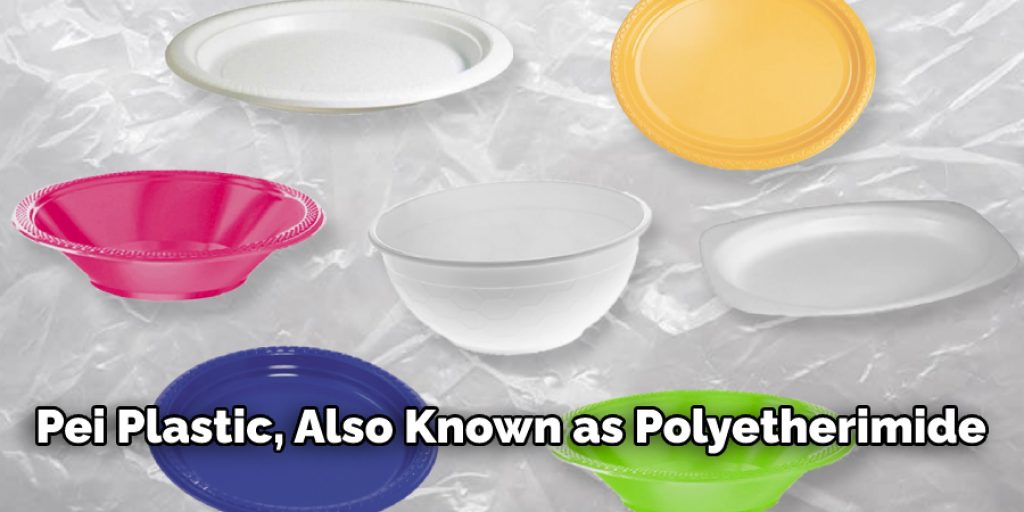If you’ve ever had a plastic lid warp and not fit correctly on its container, you know how frustrating it can be. This blog post will show you how to fix warped plastic lids using just a few household items. First, try microwaving the lid for 10-15 seconds. Next, try boiling water and pour it over the lid if that doesn’t work.

Finally, if neither of those methods work, try using a hairdryer on high heat to heat the lid until it becomes pliable. Once the lid is pliable, reshape it and let it cool before using. Keep reading for more information.
Summary: This blog post provides useful tips on how to fix warped plastic lid. Learn how to soak the lid in hot water, microwave it and boil a small pot of water. Additionally, discover how to use a hairdryer, leave it in the sun and freeze it. Further, find out how to fill it with sand, add cornstarch and try using a weight for an effective remedy.
Why Does Plastic Wrap?
The most common reason for a lid to warp is heat. When plastic lids are exposed to high temperatures for too long, they tend to melt or distort into different shapes depending on the temperature attained before melting/distortion begins.
For example, a lid that is heated to the boiling point of water may warp slightly, whereas one that is heated to the melting point of ice will probably warp more severely.
How to Fix a Warped Plastic Lid: A Comprehensive Guide
Step 1: Assess the Damage and Determine the Type of Plastic
Before attempting to fix a warped plastic lid, assess the extent of the damage and determine the type of plastic the lid is made of.
Procedure:
- Check the severity of the warping and note if the lid can still be used or if it needs to be reshaped.
- Look for a recycling symbol or number on the lid, which will indicate the type of plastic. This information is essential, as different plastics react differently to heat and may require unique repair methods.
Step 2: Gather Necessary Tools and Materials
Gather the necessary tools and materials for fixing the warped plastic lid.
Tools and materials required:
- Heat source (boiling water, hairdryer, or heat gun)
- Bowl or container (for hot water method)
- Tongs or heat-resistant gloves
- Flat surface or countertop
- Heavy objects (books, cutting board, or flat weight)
Step 3: Choose a Heat Application Method
Choose a suitable method to apply heat to the warped plastic lid. The method you choose will depend on the severity of the warping and the type of plastic.
Method 1: Boiling Water
- Suitable for most types of plastic
- Ideal for mildly warped lids
Method 2: Hairdryer or Heat Gun
- Suitable for heat-resistant plastics
- Ideal for moderately to severely warped lids
Step 4: Apply Heat to the Warped Lid
Carefully apply heat to the warped lid using the chosen method.
Procedure for boiling water method:
- Fill a bowl or container with boiling water.
- Submerge the warped lid in the boiling water, ensuring that the entire warped area is submerged.
- Allow the lid to sit in the boiling water for 1-3 minutes, or until the plastic becomes soft and pliable.
- Use tongs or heat-resistant gloves to carefully remove the lid from the boiling water.
Procedure for hairdryer or heat gun method:
- Plug in the hairdryer or heat gun and set it to a medium heat setting.
- Hold the heat source 6-8 inches away from the warped area of the lid.
- Apply heat to the warped area, moving the heat source back and forth to evenly distribute the heat.
- Continue applying heat until the plastic becomes soft and pliable.
Step 5: Reshape the Warped Lid
Once the plastic is soft and pliable, reshape the warped lid.
Procedure:
- Place the lid on a flat surface or countertop.
- Use your hands or a flat object to gently press down on the warped area, reshaping the lid to its original form. Be cautious not to press too hard or apply too much force, as this may cause further damage.
- Hold the lid in the corrected shape for a few seconds to help it retain its form.
Step 6: Apply Pressure to Maintain the Shape
Apply pressure to the reshaped lid to help it maintain its corrected form as it cools.
Procedure:
- Place the reshaped lid on a flat surface or countertop.
- Place a heavy object, such as a book, cutting board, or flat weight, on top of the lid to apply even pressure.
- Allow the lid to cool and set under the heavy object for 15-30 minutes.
Step 7: Inspect the Lid and Repeat if Necessary
Once the lid has cooled, inspect it to ensure that the warping has been corrected.
Procedure:
- Remove the heavy object from the lid and inspect it for any remaining warping.
- If the lid is still warped, repeat steps 4-6 to further correct the shape. You may need to apply more heat or pressure during the reshaping process.
- 3. If the lid has been successfully reshaped, test its functionality by placing it on the intended container to ensure a proper fit.
Step 8: Prevent Future Warping
Take preventative measures to avoid future warping of the plastic lid.
Procedure:
- Avoid exposing the lid to extreme temperatures or direct sunlight for extended periods.
- Store the lid flat or on the container it belongs to when not in use.
- When cleaning the lid, use warm water and gentle dish soap instead of placing it in the dishwasher, as high dishwasher temperatures may cause warping.
By following these detailed steps and using the appropriate tools and materials, you can effectively fix a warped plastic lid and restore its functionality. Keep in mind that the success of the repair may vary depending on the type of plastic, the extent of the warping, and the method used. Always exercise caution when working with heat and heated plastics to avoid burns or further damage to the lid.
Helpful Tips to Maintain Your Warped Plastic Lid
Here are some helpful tips on how to fix warped plastic lid.
1. Always be mindful of where you place your lid after using it.
2. Avoid placing the lid in an environment where it may be exposed to direct sunlight or other elements which might cause warpings, such as extreme temperatures and moisture.
3. If your lid is warped, try reshaping it by applying pressure around its perimeter with your hands for a few minutes.
4. If a lid does not pop back into place after placing it in the refrigerator for a while, use a hairdryer to apply heat on the lid until it becomes flexible enough to curve back into shape. Be careful not to hold your hairdryer too close so as not to damage or warp your plastic lid.
5. If you notice your lid is stained, place it in the dishwasher to clean it thoroughly.

6. Do not try using sharp utensils or other objects to pry open a stubborn lid that will not budge; this could further warp your plastic lid and damage your container. Warped lids are entirely safe to use, and they just don’t close as tightly.
Can You Fix a Warped Tupperware Lid?
If you’re like me, your Tupperware cupboard is full of different shaped containers. Unfortunately, along with all those wonderful shapes comes warping of the lids. Many trips can warp lids through the microwave oven or dishwasher. As a result, they might be misplaced and stored on their sides for an extended period.
Whatever the reason, Tupperware lids can be warped if you’re not careful about putting them away after use. You don’t have to toss your warping lids in the trash because they don’t fit

properly or seal anymore. Instead, you can fix a warped lid by following some simple steps on how to fix warped plastic lid and get it back into a tip-top seal-fitting shape.
Why Are My Tupperware Lids Sticky?
A good way to fix sticky lids is by putting the container in some boiling water for approximately two minutes. After this time, take it out of the water and wipe off any leftover residue with a dry cloth. This should resolve the problem. If not, try repeating the process one or two more times, but do not leave the lid in the boiling water for too long each time.
Another effective solution is to wipe some vegetable oil on both sides of the lid and around its outside edge before putting it in contact with the food. This will reduce the moisture that seeps into the container and create a seal between it and the lid. If these tips do not work, it may be time to invest in a new lid.
Which Plastic Can Be Bent Easily?
In general terms, PEI plastic, also known as polyetherimide, is a material with a relatively low melting point and is easy to process. It has excellent wear resistance and dimensional stability. It is widely used in manufacturing electronic components, electromagnetic shielding parts, medical instruments, etc.

PEI plastic is a widespread type of plastic in modern consumer goods. For example, it is often used to make the protective lining on microwave oven doors, CD/DVD cases, keyboards, telephones, and headphones. Many other appliances are using it too, for instance, computer monitors, audio players, clocks, calculators, copiers and more.
You Can Check It Out to Fix Contigo Autospout Lid
Can Plastic Melt When Heated?
Yes. Most plastics are made up of long molecular chains called polymers. When these polymers reach their melting points, they start to break down and lose strength, among other things.
This is important because warped lids help your food spill out all over the place, leading to loss of appetite, loss of sight due to overflowing lava, loss of income due to a total mess, and other frustrating things.
You Can Check It Out To Fix Atv Plastic Cracks
Frequently Asked Questions
Is It Possible to Unwarp Plastic?
There is some debate about whether it is possible to unwarp plastic, but in general, most experts agree that it’s probably not a good idea. While the process of unwarping does seem fairly simple on paper- heat up the plastic and then pull – there are several potential problems that could occur.
For one, if the plastic was treated with an additive or chemical before being stored, this might be able to prevent it from breaking down into smaller pieces during unwrapping. Additionally, any oil or grease that washes off of the plastic may also cause problems and lead to fires.
And finally, even if all goes well and you are able to unravel the Plastic sheet into small fragments, these small pieces may still become toxic when exposed to air moisture or sunlight.
Therefore while there might be isolated cases where someone successfully Unwinds their plastics without any harm done; in general it would probably not be a good idea due to safety concerns.
Do You Flatten Warped Plastic?
the best way to flatten warped plastic depends on the severity of the distortion and your level of experience working with plastics. However, some tips that may help include using a heat gun or an oven, submerging the plastic in hot water or oil, or using a pressure washer. Always use caution when handling any type of heated object near plastic because serious injuries can occur if you’re not careful.
Can You Reshape Plastic With Heat?
Yes, plastic can be reshaped with heat. In a study published in the journal Advanced Functional Materials, scientists were able to create flexible, stretchy sheets of plastic by heating a polymer mixture until it became liquid and then molding it into desired shapes. The plastic sheets could be stretched up to 50% without breaking and had a Shore A hardness of 100.
This research is a big step forward in the development of more sustainable plastics. By understanding how to reshape plastic with heat, we can create materials that are more durable and flexible, which is great news for both the environment and our economy.
What Temperature Does Plastic Melt?
Most plastic melts between 176 degrees Fahrenheit. However, it’s important to note that different types of plastics melt at different rates and in different ways. So, it is always a good idea to test the melting point of any type of plastic before using or storing it.
Conclusion
Although warped plastic lids can be a nuisance, they can easily be fixed. This post outlines the steps you need to take to fix a warped plastic lid. First, the warped lid can be flattened out by using a hairdryer. This will allow you to re-use the container and close it with an airtight seal so that food doesn’t go bad while in storage.
Be sure not to use too high of heat, as this could cause the plastic to melt! We hope you found this information on how to fix warped plastic lid helpful and that it allows you to continue using your favorite plastic containers. Have any questions or feedback? Let us know in the comments below!
You Can Check It Out To Repair Damaged Plastic Pipe Threads
